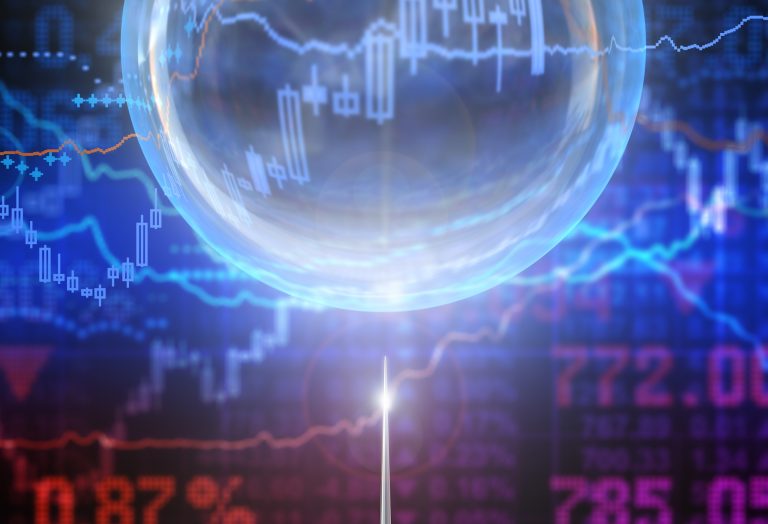
It is being said abroad that we may have a correction on the American stock exchange in 2021. Is there a bubble about to burst, potentially caused by the frenzied behavior of individual investors in recent years? I do not know. However, in this article, we will understand a little about what economists know about bubbles in general.
Financial bubbles gradually grow and suddenly burst. They usually grow for a few years and then burst in a few weeks or even a few days. The world has experienced several famous bubbles: the tulip bubble in Holland (Tulip Mania, 1634-1637), the Mississippi Bubble (1719-1720), the South Sea Bubble (1720), the 1920s bubble that preceded the 1929 crash and, more recently, the Dotcom Bubble (1997-2000).
Bubbles do exist. By definition, if the price of an asset continuously rises and suddenly collapses without any notice, there was a bubble. It is exactly what happened in the events mentioned in the previous paragraph.
However, please pay attention: The “without any notice” part is essential! Otherwise, it is not a bubble. If the economic circumstances suddenly changed, if a pandemic occurred, if any relevant change took place and because of that, prices plummeted, it was not a bubble. There was simply a shock, an abrupt change in expectations based on a good reason.
In their turn, bubbles need to be understood as the strange creatures they are. Imagine a context in which everyone is happy, buying non-stop, and then everyone changes their minds out of the blue. Why? Financial asset prices affect the real economy. Therefore, it is important to understand the circumstances under which these bubbles occur. How to theoretically explain the emergence, evolution and bursting of these bubbles?
Without a doubt, bubbles are a thorn in economists’ sides. About 40 years ago, we had no idea how to explain the dynamics of bubbles. However, that has improved from 1970 onward.
Several economic models began to emerge that cleared the horizon. Nowadays, the questions “Why do bubbles last so long?” and “Why do bubbles burst?” are no longer so cryptic. On the other hand, we still don’t quite understand how they arise. Let’s talk a bit about what we already understand.
Some consistent hypotheses can be used to explain the existence and evolution of a bubble. One of them teaches us that even though all investors know that prices are above their fundamental value, the bubble can continue to grow. How? The matter is simple: It is enough that not everyone knows that everyone knows about it.
In cases like these, some investors consider an astute strategy to take advantage of the bubble for a while so that the seemingly unreasonable high prices can last. Another possibility is that one group knows there is something wrong with the prices, but another group does not. If the insiders’ group is uncertain about the size of the outsiders’ group, then the outsiders would be afraid to go out selling. Even so, the bubble would continue to grow for some time, which would cause them to lose money.
It is a known saying that “leaning against a bubble is risky.” This risk is even greater because of the problem of coordinating the insiders. Each one of the insiders tries to guess when other insiders will attack the bubble.
Everything is fine. How can we think about the overnight bursting of bubbles from a few stories that explain how bubbles evolve? We already have a hint.
Relatively insignificant news could trigger the burst. Why? Didn’t we say that the issue of coordinating insiders is significant to keep the bubble growing? An unimportant piece of news can allow insiders to synchronize their sales. When a sell signal is given, insiders coordinate and finally the bubble bursts.
It is difficult to know if there is, in fact, a bubble in the U.S. stock market, and, if there is one, when it will burst. That is the multi-million-dollar question.

Leave a Reply
You must be logged in to post a comment.